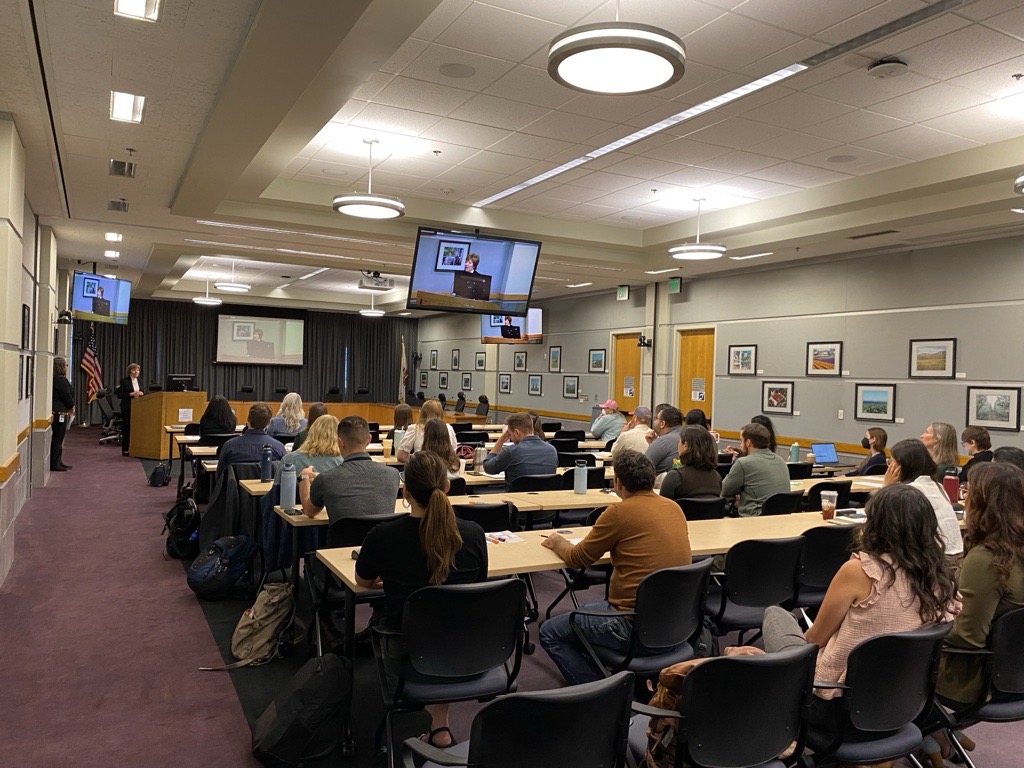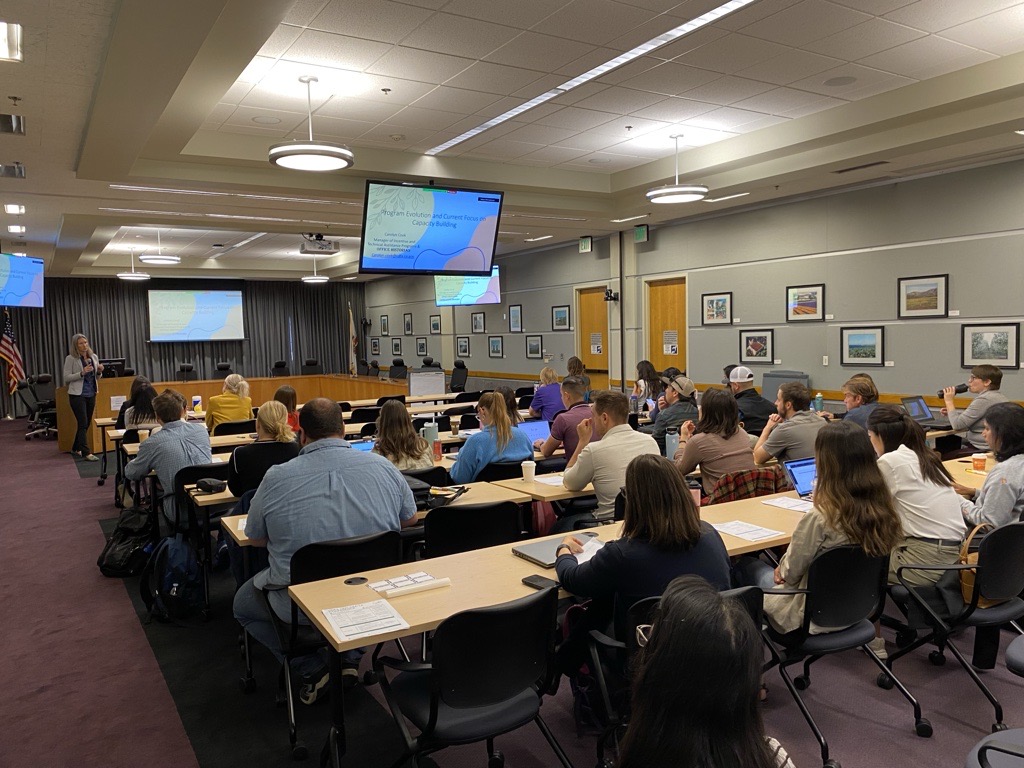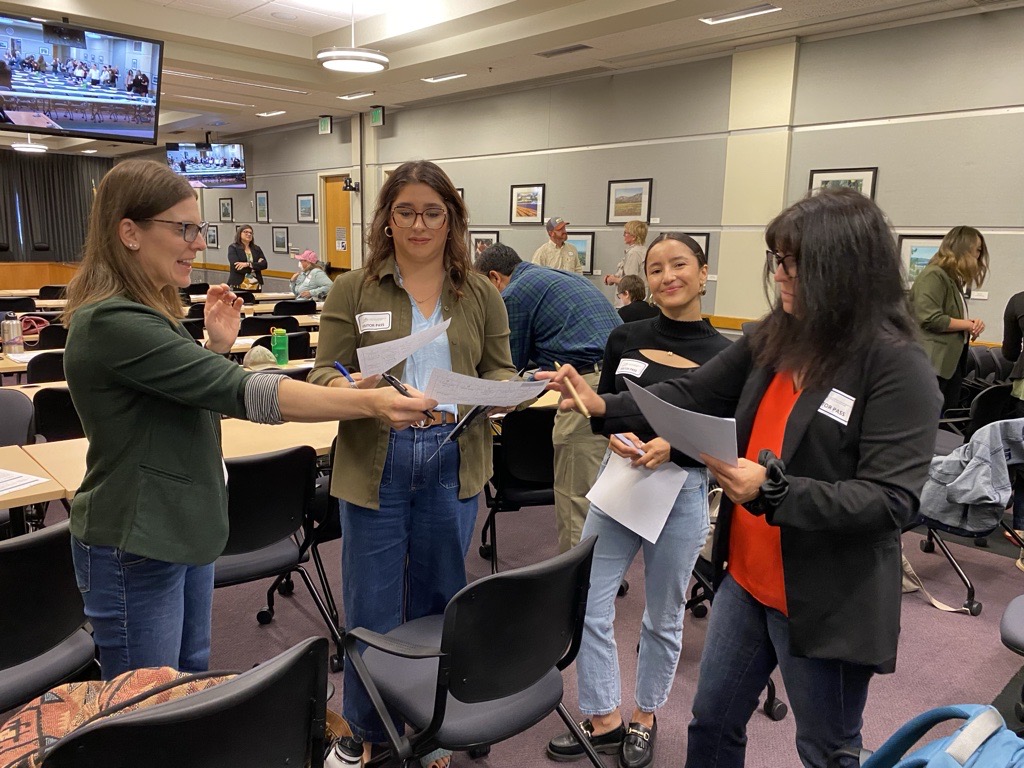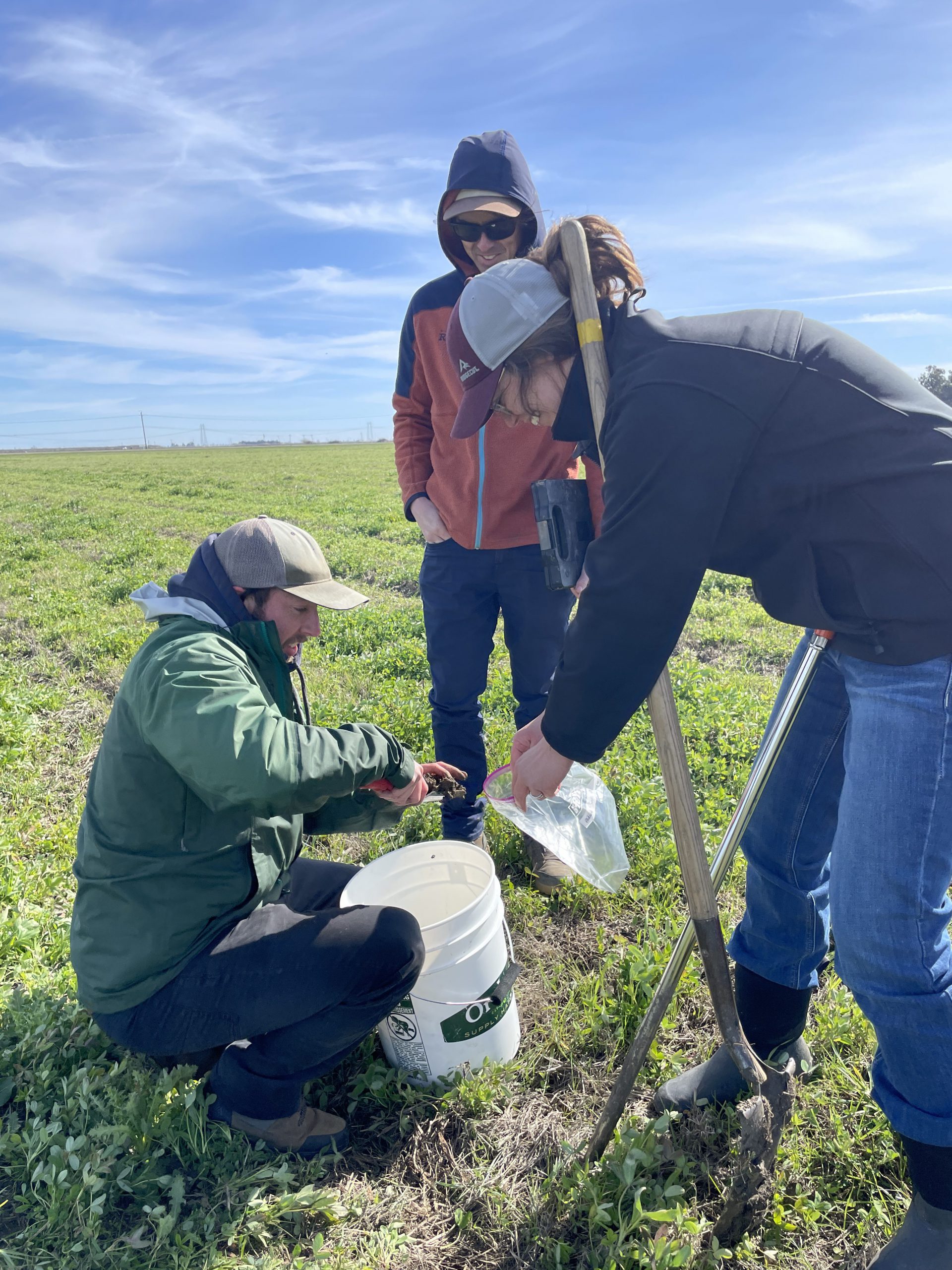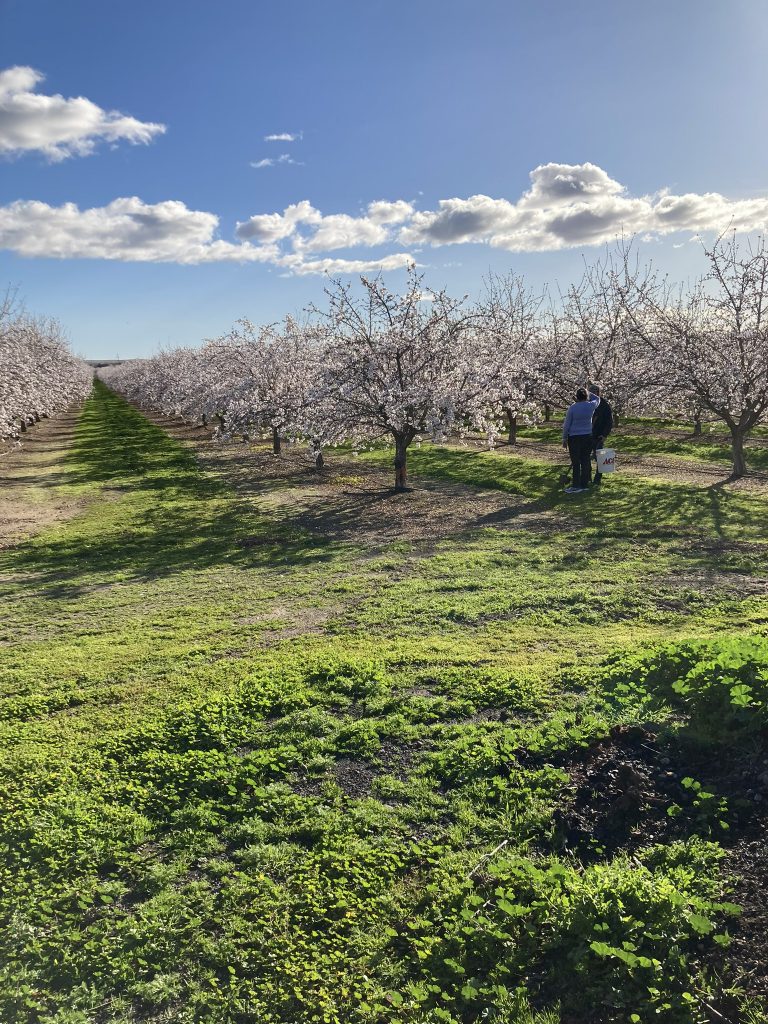California is one of 36 global biodiversity hotspots – areas with exceptional concentrations of plant and animal species found nowhere else on the planet. At the same time, many California species are at risk of extinction due to threats from habitat loss and climate change. In October 2020, Governor Newsom issued Executive Order N-82-20 which establishes a state goal of conserving 30% of California’s lands and coastal waters by 2030 – known as 30×30. The 30×30 goal is intended to help accelerate conservation of our lands and coastal waters through voluntary, collaborative action with partners across the state to meet three objectives: conserve and restore biodiversity, expand access to nature, and mitigate and build resilience to climate change.
California’s strategy to achieve 30×30 is organized into ten Pathways. Each of these pathways identifies specific state actions that will help us achieve 30×30. As of June 2025, 26.1% of California’s lands and 21.9% of its coastal waters are under long-term conservation and care. This includes an additional 853,000 acres of conserved lands and 191,000 acres of conserved coastal waters counted just this year.
Many places that are not durably conserved or are not being managed with biodiversity as a primary goal are still essential to achieving a healthy and resilient network of conservation areas. This ties in with 30×30’s Pathway 9: Advance and Promote Complementary Conservation Measures. 30×30’s success relies on these complementary conservation measures to expand wildlife habitat, create corridors, buffer conserved areas, and much more. Our state’s working lands, including agriculture implement actions specified by this pathway. California’s farmers and ranchers are worldwide leaders and innovators in food production. They are also among the foremost stewards of California’s working lands—providing ecosystem services and supporting biodiversity. Our farmers and ranchers undertake many practices to enhance biodiversity – from planting pollinator species, growing cover crops for soil health, avoiding practices that disrupt nesting of bird species, providing winter habitat on rice fields and helping endangered species thrive to participating in large-scale habitat corridors, to name a few. California Annual Progress Report to 30×30 highlights our collective progress to 30×30. Several notable achievements involving our working lands are in the report.
This year’s annual 30×30 Summit had a breakout session on working lands “Where Nature Works: Production and Biodiversity Together”, highlighting the importance our working lands play in conserving biodiversity and building resilience to climate change. The session was run by Michael Delbar, Chief Executive Officer of the California Rangeland Trust. The California Rangeland Trust is the largest land trust in California. He highlighted a study conducted by UC Berkley scientists, which examined the California Rangeland Trust’s conservation easements to explore the environmental and monetary value of preserving California’s open spaces. The study showed that for every dollar invested it returned $1.35 to $3.47 and that the 56 Rangeland Trust conservation easements, protecting a total of 306,781 acres, provide between $364 million and $1.44 billion in ecosystem services annually.
Working under the guidance of Pathway 3: Increase Voluntary Conservation Easements, the California Rangeland Trust worked with the California Natural Resources Agency to identify conservation easements on private working lands managed for ecosystem health that contribute to the 30×30 target. This has led to approximately 131,000 acres of conservation easement lands added to CA Nature as 30×30 Conservation Areas.
California and the stewards of our working lands are making great progress to achieving 30×30. Check out 30×30 California to learn more.


